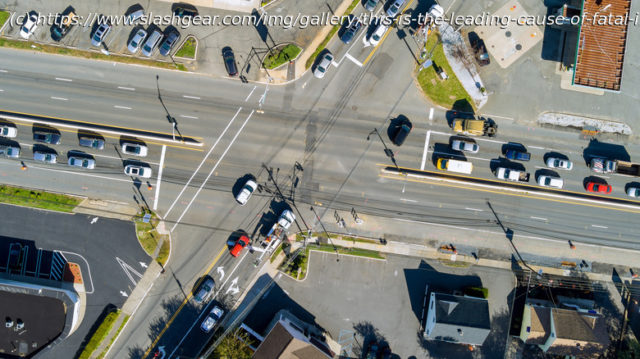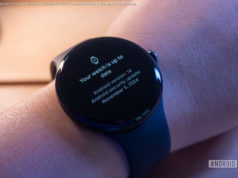While car accidents can happen anywhere on the road, a very large chunk of them occur at intersections, and most of those have one thing in common.
America’s intersections are a frequent site of death, marking them as one of the most hazardous elements of an average roadway. In 2022, the United States Department of Transportation recorded 42,514 lives lost on U.S. roadways. According to the Federal Highway Administration (FHWA), 12,036 took place at an intersection, a nearly 30 percent rate. There are states with more dangerous roads than others, of course, but crossings remain uniquely hazardous. What is going on?
With multiple lanes of traffic headed in different directions, intersections are inherently complex. Vehicles, pedestrians, and cyclists must share the road, and unique considerations must be taken for each when implementing safety measures at a crossroads. Distracted, tired, or impaired drivers pose a danger on all roadways, but they become especially dangerous at an intersection, where they often zip through without checking for oncoming traffic, ensuring their right of way, or looking for pedestrians. But even so, one factor consistently makes certain intersections more dangerous than others.
When looking at the high number of accidents and fatalities related to intersections, the one factor that determines how many lives will be ended at a junction is whether it has a traffic signal. Other safety measures, such as designing roads to slow drivers down as they approach a crossroad, improving sightlines, and adding roundabouts, can also increase safety. It’s also a good idea to follow some driving safety tips. However, the most lifesaving feature of an intersection appears to be a simple stoplight. So, here’s how the numbers shake out and what can be done to make intersections safer for everyone.






